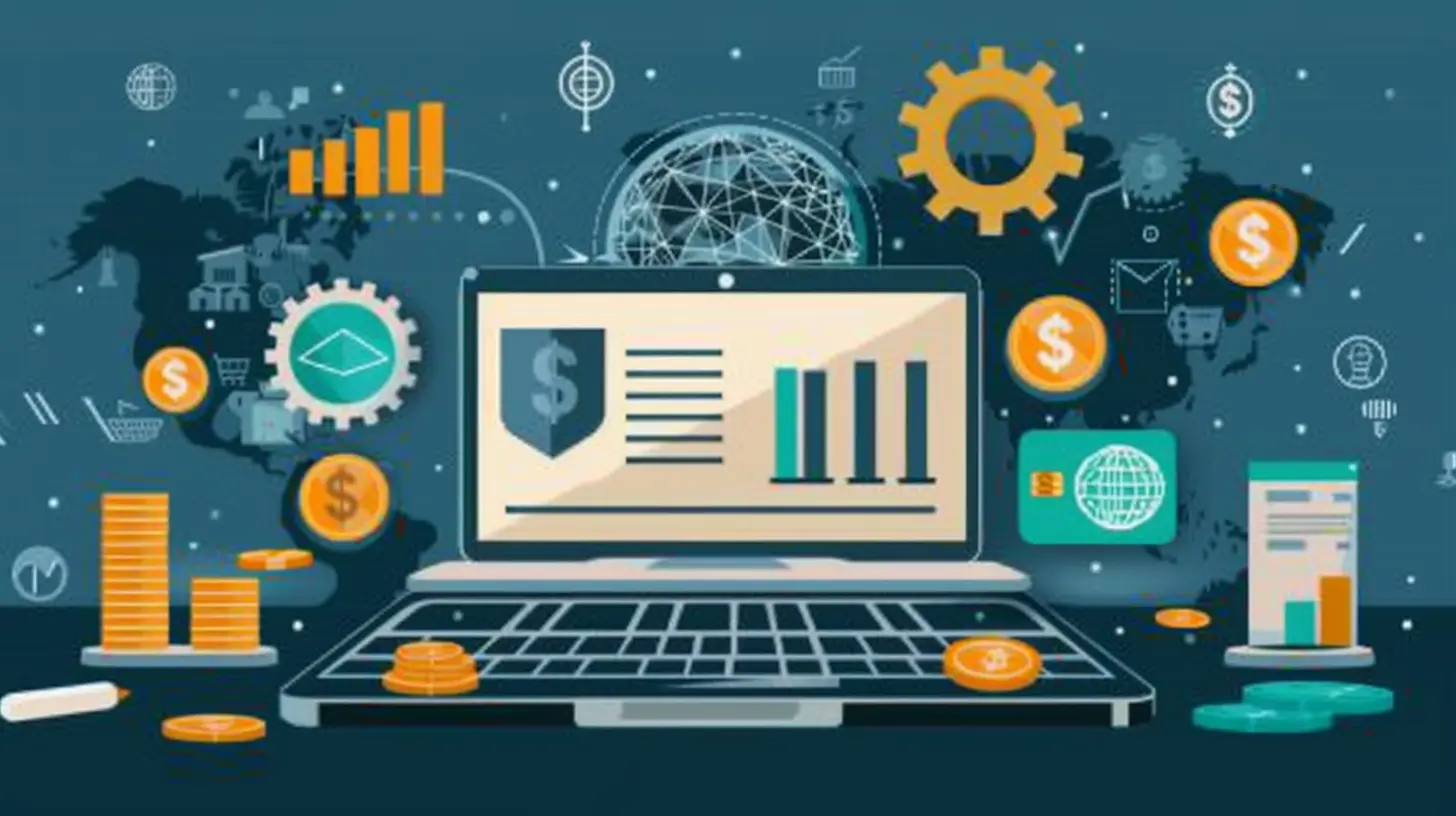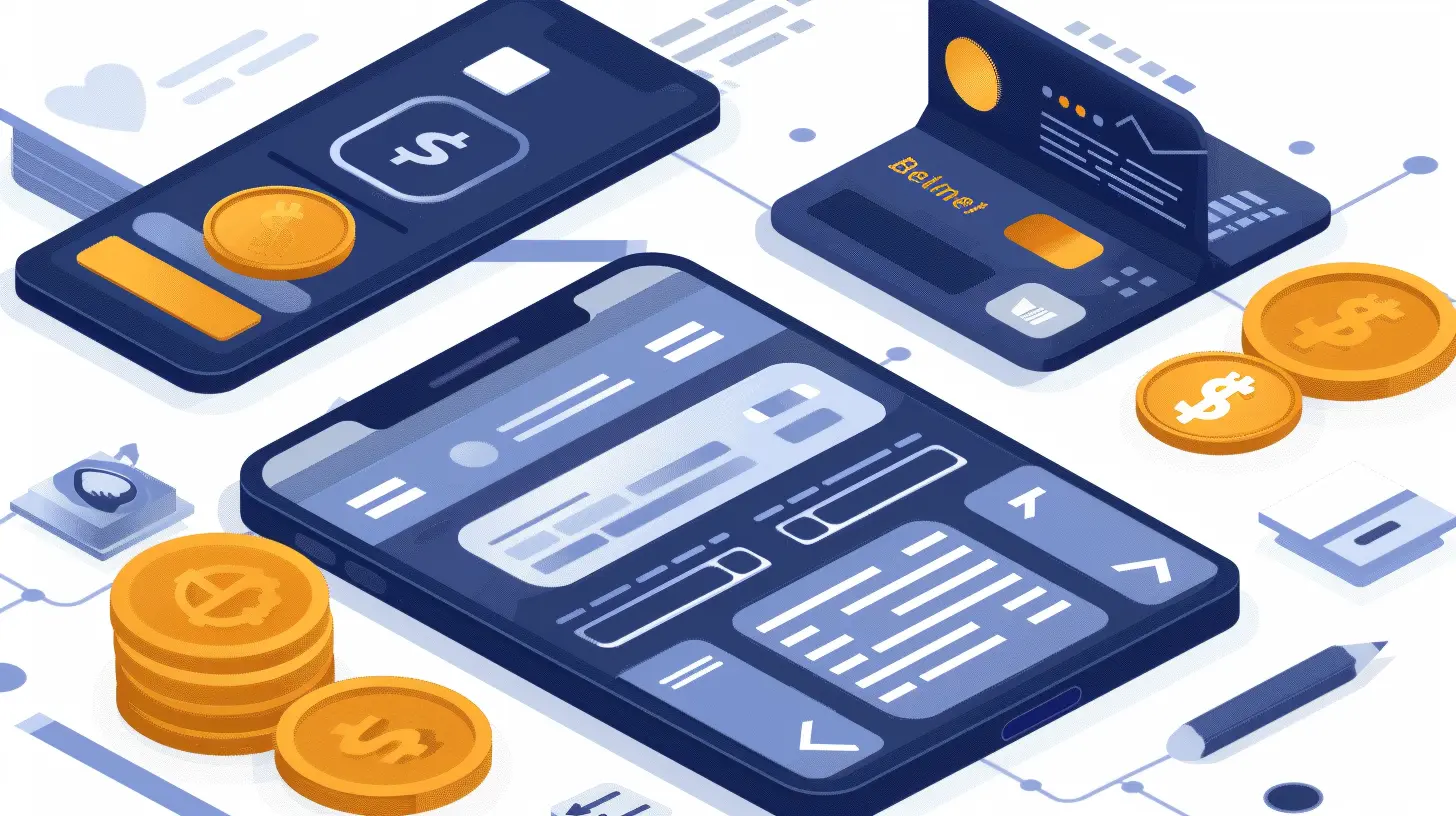How Blockchain is Transforming Payments and Financial Transactions
21 November 2025
If you’ve ever had to wait days for a bank transfer to go through or paid a hefty fee just to send money across borders, you’re not alone. Traditional financial systems can be slow, expensive, and honestly, kind of outdated. But there’s a new kid on the block—pun intended—and it’s shaking things up in a big way. Yep, we’re talking about blockchain.
You’ve probably heard of blockchain in the context of cryptocurrencies like Bitcoin and Ethereum. But its real magic lies in how it’s quietly revolutionizing the way we think about payments and financial transactions. In this article, we’re going to dive into how blockchain is doing just that—and why it matters to you, even if you’re not particularly tech-savvy.
What is Blockchain (Without the Jargon)?
Let’s keep it simple. A blockchain is a special kind of database that stores information in chunks called “blocks,” and these blocks are chained together. That’s where it gets its name.But here’s the twist—it’s not controlled by one single authority like a bank or government. Instead, it’s decentralized. That means everyone involved has a copy, and any changes need majority approval. Imagine a Google Doc that’s shared with thousands of people, and no one can make changes without everyone else knowing. Pretty neat, right?
Why the Current Payment System is Broken
Before we get into how blockchain is fixing things, let’s look at what’s broken. Traditional financial systems are bogged down with inefficiencies:- Slow Transactions: Bank transfers can take days, especially international ones.
- High Fees: Cross-border payments are often loaded with fees—sometimes more than 10% of the transaction.
- Limited Access: A huge portion of the global population is unbanked or underbanked.
- Fraud and Security Issues: Centralized systems are juicy targets for hackers.
Sound familiar? These problems aren’t just annoying—they’re holding back innovation and economic growth.
Enter Blockchain: The Game Changer
Blockchain is turning the tables. Here’s how it’s transforming payments and financial transactions for the better.1. Lightning-Fast Transactions
Gone are the days of waiting three to five business days for a wire transfer to clear. With blockchain, transactions can happen in minutes or even seconds. Why? Because there's no middleman. No clearinghouses. No banks holding onto your money overnight to “verify” it.Let’s say you’re sending money from New York to a friend in India. Traditionally, that payment would bounce through multiple banks. But with blockchain? It’s a direct wallet-to-wallet transaction. Fast. Transparent. No detours.
2. Ultra-Low Transaction Fees
Nobody likes fees, especially the hidden kind. Blockchain significantly reduces transaction costs, often to mere pennies—or even fractions of a cent—regardless of the transaction size or location.This is a game-changer for small businesses, freelancers, and anyone who frequently deals in international payments. Imagine doing business without losing a chunk of your profits to payment processors. Sounds like a dream? Blockchain is making it a reality.
3. Financial Inclusion for the Unbanked
Did you know that over 1.4 billion people worldwide don’t have access to a bank account? That’s crazy in a world where smartphones are everywhere. Blockchain allows anyone with a smartphone and internet access to transact financially without needing a traditional bank.This opens the doors to millions of people to participate in the global economy. Whether it's receiving remittances or running a small business, blockchain is leveling the financial playing field.
4. Security and Fraud Prevention
Here’s the thing about blockchain: once data is recorded, it can’t be changed. This is huge for preventing fraud. Every transaction is verified, timestamped, and visible to all parties involved. There’s transparency, accountability, and traceability baked right into the system.Plus, there’s no central point of failure. So hackers can’t just break into "the main server" and steal millions. Decentralization = tougher security.
Real-World Use Cases That Are Already Happening
You might think this all sounds great in theory, but is blockchain really being used for payments? Absolutely. Let’s walk through a few real-world examples.Ripple and Cross-Border Payments
Ripple is one of the most well-known blockchain-based payment platforms. It's specifically designed for fast international money transfers. Major banks like Santander have already adopted Ripple for its speed and cost savings.Stablecoins for Everyday Transactions
Stablecoins like USDC and USDT are cryptocurrencies pegged to the U.S. dollar. They combine the best of both worlds: the stability of fiat and the efficiency of crypto. People are using them for everything—from sending money to family abroad to paying freelancers.Crypto Debit Cards
Companies like Coinbase and Crypto.com are rolling out crypto debit cards. You can load your crypto onto these cards and spend it at any store that accepts Visa or Mastercard. It's seamless and incredibly convenient.Smart Contracts in Finance
Smart contracts are like digital vending machines. You put in the right input (conditions), and they execute automatically. In finance, smart contracts can automate escrows, insurance payouts, loan agreements—you name it. No middlemen, no paperwork. Just code and trust.Challenges and Roadblocks (It’s Not All Sunshine)
Of course, blockchain isn’t perfect. There are still challenges we need to tackle before it completely takes over the financial world.Regulatory Uncertainty
Governments are still figuring out how to regulate blockchain and crypto. Some love it; others not so much. This patchwork approach leads to confusion and hesitation from big players.Scalability Issues
Bitcoin and Ethereum can only handle a limited number of transactions per second (TPS). Compare that to Visa’s 1,700 TPS, and you see the problem. But don’t worry—solutions like Layer 2 protocols and alternative blockchains (like Solana and Avalanche) are speeding things up.User Experience
Let’s be honest. Using blockchain-based tools today isn’t always user-friendly. Wallets, seed phrases, gas fees—it can be overwhelming for newbies. But as the tech matures, so does the UX. Think back to the early internet days. We’ve come a long way since dial-up modems, right?The Future of Blockchain in Finance
So, where do we go from here?Imagine a world where you can send money instantly to anyone, anywhere, without paying a dime in fees. Where your identity and funds are protected by unbreakable cryptographic security. Where financial services are open to everyone, not just those with pristine credit scores or access to big banks.
That’s the world blockchain is building.
Experts predict that in the next 5–10 years, blockchain will underpin everything from our stock markets to insurance policies. Central banks are even exploring digital currencies (CBDCs) based on blockchain tech. Whether we like it or not, the future of finance is headed in a decentralized direction.
Will Blockchain Replace Banks?
Now that’s a spicy question.Banks aren’t going anywhere—for now. But their role is definitely changing. Instead of being gatekeepers, they might become service providers in a blockchain world. Helping users manage wallets, navigate compliance, or offer value-added services like analytics and investment tools.
In other words, blockchain won’t necessarily eliminate banks. It will make them better—or force them to be.
Final Thoughts
Blockchain is doing for finance what the internet did for communication—it’s democratizing access, slashing costs, and blowing past geographic borders. Sure, there are hurdles to clear, but the momentum is real. And the benefits? Too compelling to ignore.So next time someone tells you that blockchain is “just hype,” remember—revolutions rarely start with a bang. Sometimes, they happen one block at a time.
all images in this post were generated using AI tools
Category:
FintechAuthor:

Reese McQuillan

